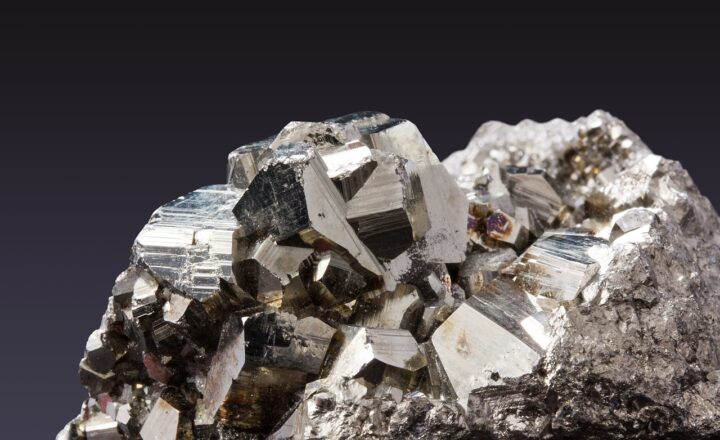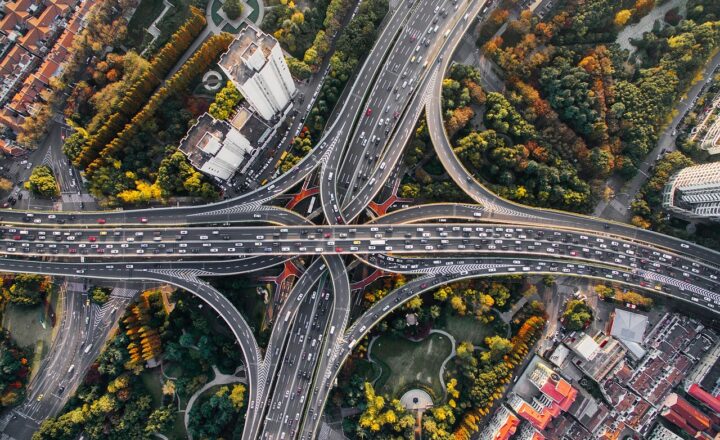How Iron Supports Infrastructure Development in Growing Economies
November 14, 2024

Iron, often described as the backbone of modern infrastructure, plays a pivotal role in shaping the landscapes of growing economies. From towering skyscrapers and expansive bridges to essential transportation networks, iron forms the skeleton of the infrastructure that supports daily life and economic activities. As developing nations strive for growth and modernization, understanding the significance of iron in infrastructure development is crucial. This article delves into the multifaceted role of iron in driving the infrastructure sector within emerging markets.
1. The Importance of Infrastructure in Growing Economies
Infrastructure serves as the foundation upon which economies build and sustain their growth. Effective infrastructure not only facilitates trade and transportation but also enhances living standards and fosters economic stability. In growing economies, key areas impacted by robust infrastructure include:
- Transportation: Well-developed roads, railways, and airports facilitate the easy movement of goods and people, bolstering trade and tourism.
- Energy Distribution: Reliable power supply, often fortified by infrastructure like electric grids and power plants, fuels industrial and residential growth.
- Telecommunications: A robust telecommunications network is essential for modern connectivity, supporting everything from commerce to education.
The critical link connecting these infrastructure components is iron, a versatile and durable material that continues to prove its worth in various applications.
2. The Properties of Iron That Enhance Infrastructure
Iron is renowned for its unique properties, making it the material of choice for infrastructure projects:
- Strength: Iron’s high tensile strength allows it to withstand heavy loads and stress, making it ideal for constructing buildings, bridges, and railways.
- Durability: With proper treatment (like galvanization), iron can resist corrosion and last for decades, reducing the need for frequent repairs.
- Malleability: Iron can be molded into various shapes, allowing for innovative architectural designs and construction techniques.
These properties not only contribute to the longevity of infrastructure but also provide cost efficiencies over time, which is vital for growing economies that operate under budget constraints.
3. Iron in Construction and Civil Engineering
In construction and civil engineering, iron serves countless functions. Here are some major applications of iron in the industry:
- Steel Structures: Steel, an alloy of iron, is the most commonly used material in the construction of industrial buildings, warehouses, and skyscrapers. Its strength allows architects to create large, open spaces without bulky columns.
- Reinforced Concrete: Iron bars, known as rebar, are often embedded in concrete structures to enhance tensile strength, crucial for resisting cracking and collapse underload.
- Bridges and Railways: Iron’s durability makes it a key ingredient in bridge construction and railway tracks, ensuring the safety and reliability of transportation systems.
- Piping and Electrical Grids: Iron pipes are used for water and sewage systems, while iron poles are essential for supporting power lines, ensuring that essential services are operational as economies grow.
By prioritizing iron in their infrastructure projects, developing economies can achieve higher safety standards and prolong the life of their infrastructure assets.
4. Economic Impacts of Iron in Infrastructure Development
The deployment of iron in infrastructure development influences growing economies in several significant ways:
- Job Creation: The production and utilization of iron in construction create numerous job opportunities in mining, manufacturing, and construction sectors, contributing to local economies and reducing unemployment rates.
- Attracting Investment: Well-developed infrastructure attracts foreign investment, leading to economic diversification and growth. Investors seek environments with reliable transportation and utility infrastructure stemming from iron-related projects.
- Enhanced Trade Opportunities: Improved infrastructure facilitates easier and faster trade routes, allowing countries to integrate more effectively into the global economy. This increases export capabilities, crucial for achieving sustainable economic growth.
Economic benefits extend beyond the immediate impacts, creating a ripple effect that contributes to long-term development goals in growing economies.
5. Sustainability and Innovation in Iron Usage
As global concerns around sustainability intensify, innovations in the use of iron are emerging. Here are some trends in sustainable iron usage for infrastructure development:
- Recycling and Reuse: Iron is one of the most recycled materials globally. Utilizing recycled iron in new construction projects reduces waste and the carbon footprint associated with iron production.
- Advanced Manufacturing Techniques: New technologies such as 3D printing and smart construction techniques make it possible to use iron more efficiently and reduce wastage during the construction process.
- Sustainable Sourcing: Growing economies are increasingly focused on sourcing iron from responsible suppliers that prioritize environmentally friendly practices, ensuring that the extraction process does not harm local ecosystems.
By leveraging innovation, growing economies can ensure that iron supports infrastructure development in a manner that sustains both economic progress and environmental integrity.
Conclusion
Iron is undeniably a foundational element in the infrastructure development of growing economies. As countries strive for growth, the material’s unique properties render it indispensable across various applications in construction, civil engineering, and beyond. Through strategic investments in iron-based infrastructure, developing nations can create dynamic economic landscapes, facilitating opportunities for trade, improving living standards, and fostering job creation. Coupled with sustainable practices in iron utilization, the future looks promising for growing economies as they build the infrastructure needed to sustain their progress. Understanding and prioritizing iron’s importance will be key to transforming economic landscapes across the globe.
6. References
– World Bank. (2021). Importance of Infrastructure to Economic Development.
– International Monetary Fund (IMF). (2020). Infrastructure and Economic Growth.
– United Nations. (2019). Sustainable Infrastructure Development.
– Global Steel Innovations Forum. (2021). Innovations in Iron and Steel Production.
By informing strategies and policies focused on iron, economies can ensure that they have the sturdy foundation necessary for innovation, connectivity, and sustainable growth.








